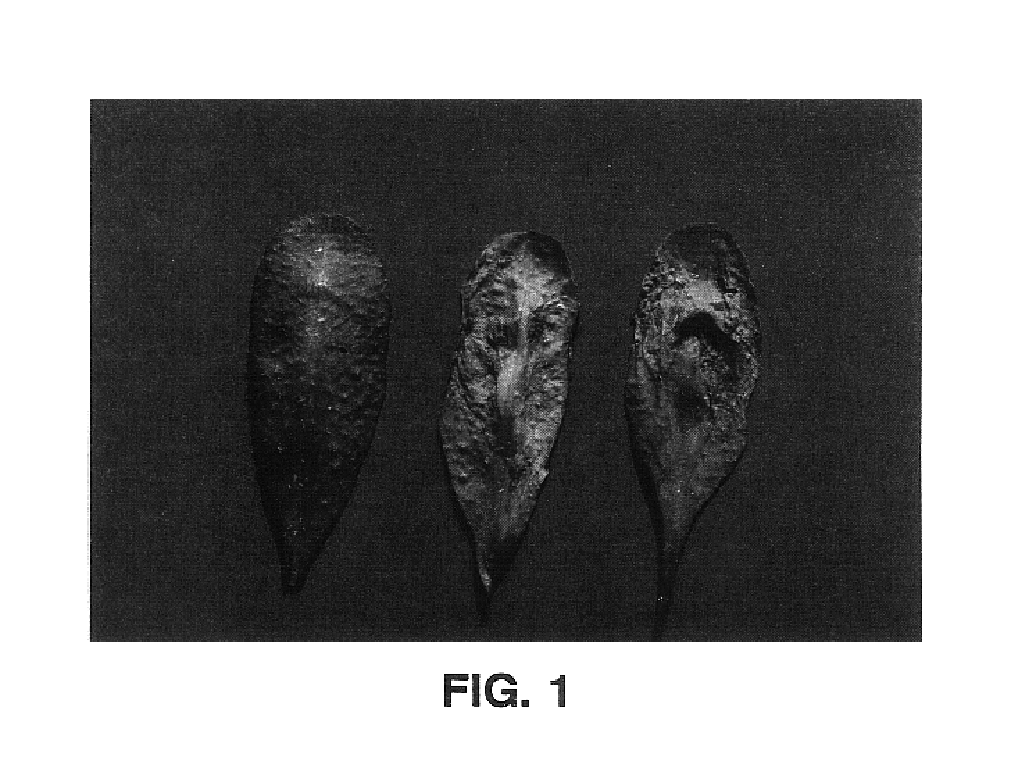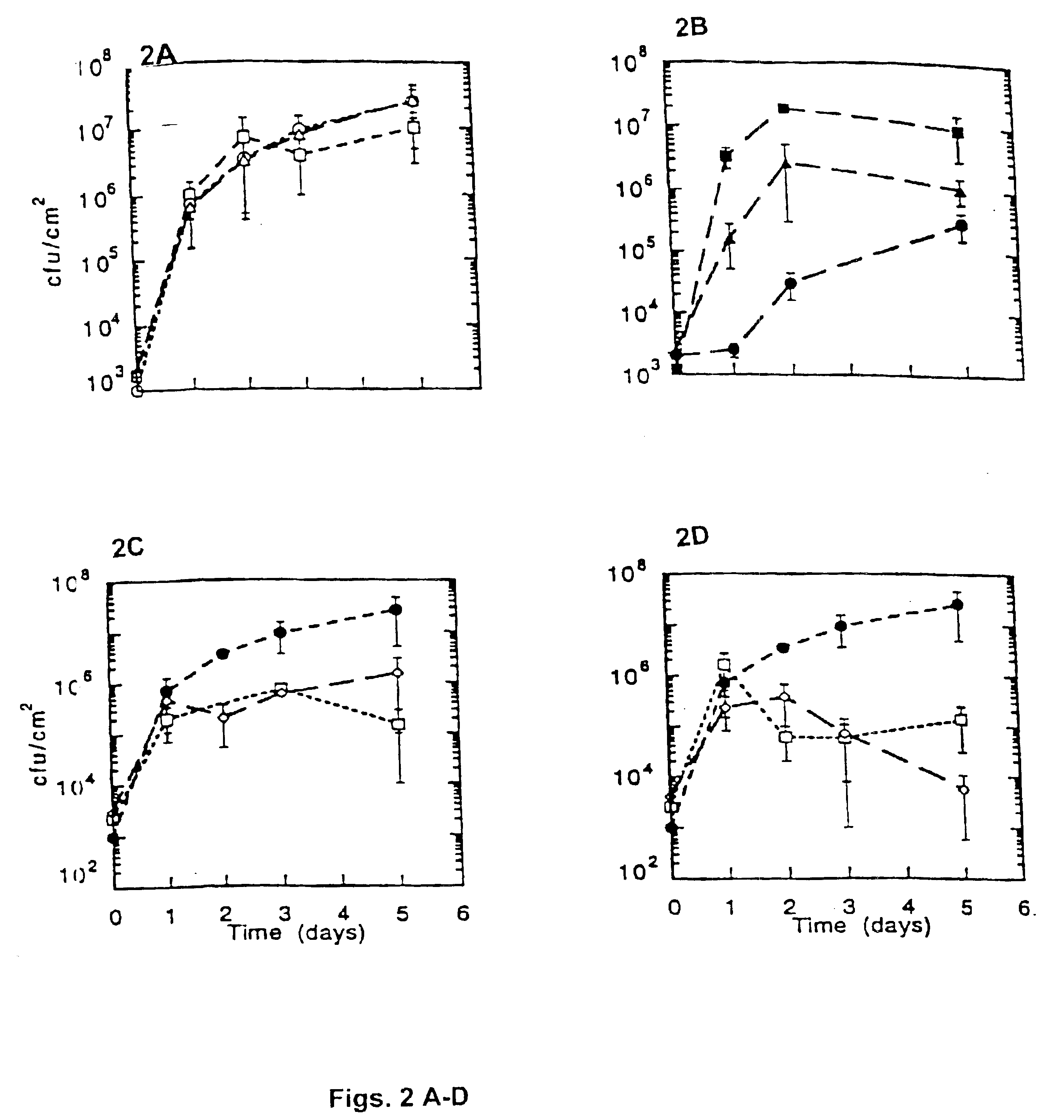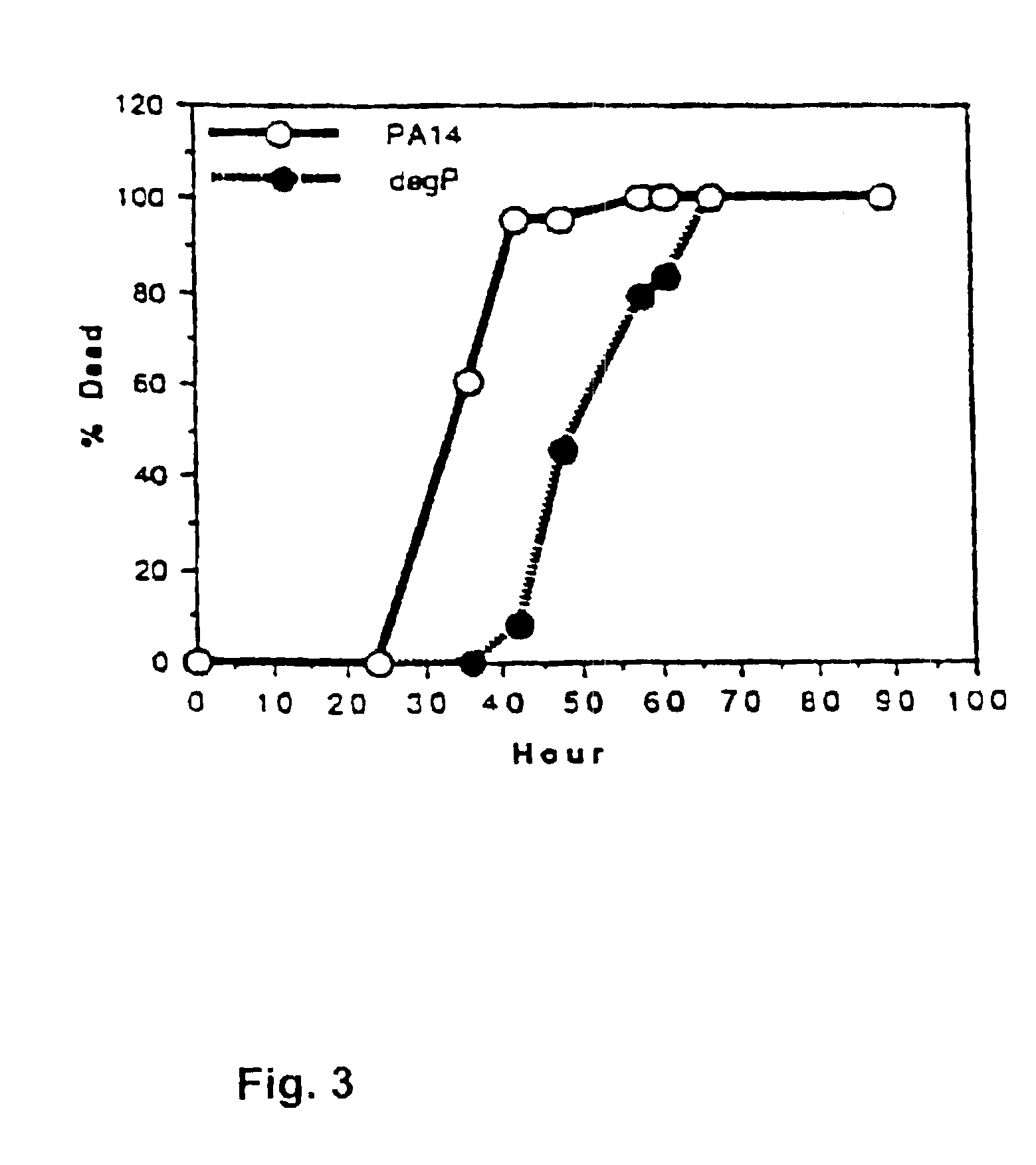Methods of screening compounds useful for prevention of infection or pathogenicity
a screening compound and pathogen technology, applied in the field of screening compounds useful for preventing infection or pathogens, can solve the problems of host being susceptible to pathogenic invasion, affecting respiration, and releasing fluid and cells into the air sacs of the lungs, so as to suppress the virulence of a pathogen, increase the resistance of the host, and increase the effect of circulating blood
- Summary
- Abstract
- Description
- Claims
- Application Information
AI Technical Summary
Benefits of technology
Problems solved by technology
Method used
Image
Examples
Embodiment Construction
[0027]The drawings will first be described.
DRAWINGS
[0028]The patent file contains one drawing executed in color. Copies of this patent with the color drawing will be provided by the Patent and Trademark Office upon request and payment of the necessary fee.
[0029]FIG. 1 is a color photograph showing the symptoms caused by Pseudomonas syringae and Pseudomonas aeruginosa on Arabidopsis (ecotype Llagostera (Ll)) leaves. Mock-inoculated (left); Pseudomonas syringae pv. maculicola strain ES4326 (center); Pseudomonas aeruginosa strains UCBPP-PA14 (right).
[0030]FIGS. 2A-D are graphs showing the growth of Pseudomonas syringae and Pseudomonas aeruginosa in Arabidopsis leaves. FIG. 2A is a graph showing the growth of Pseudomonas syringae pv. maculicola strain ES4326 (open squares), Pseudomonas aeruginosa strain UCBPP-PA14 (open circles), and Pseudomonas aeruginosa strain UCBPP-PA29 (open triangles) in ecotype Llagostera. FIG. 2B is a graph showing the growth of Pseudomonas aeruginosa strain UCB...
PUM
| Property | Measurement | Unit |
|---|---|---|
| Fraction | aaaaa | aaaaa |
| Fraction | aaaaa | aaaaa |
| Fraction | aaaaa | aaaaa |
Abstract
Description
Claims
Application Information
 Login to View More
Login to View More - R&D
- Intellectual Property
- Life Sciences
- Materials
- Tech Scout
- Unparalleled Data Quality
- Higher Quality Content
- 60% Fewer Hallucinations
Browse by: Latest US Patents, China's latest patents, Technical Efficacy Thesaurus, Application Domain, Technology Topic, Popular Technical Reports.
© 2025 PatSnap. All rights reserved.Legal|Privacy policy|Modern Slavery Act Transparency Statement|Sitemap|About US| Contact US: help@patsnap.com



